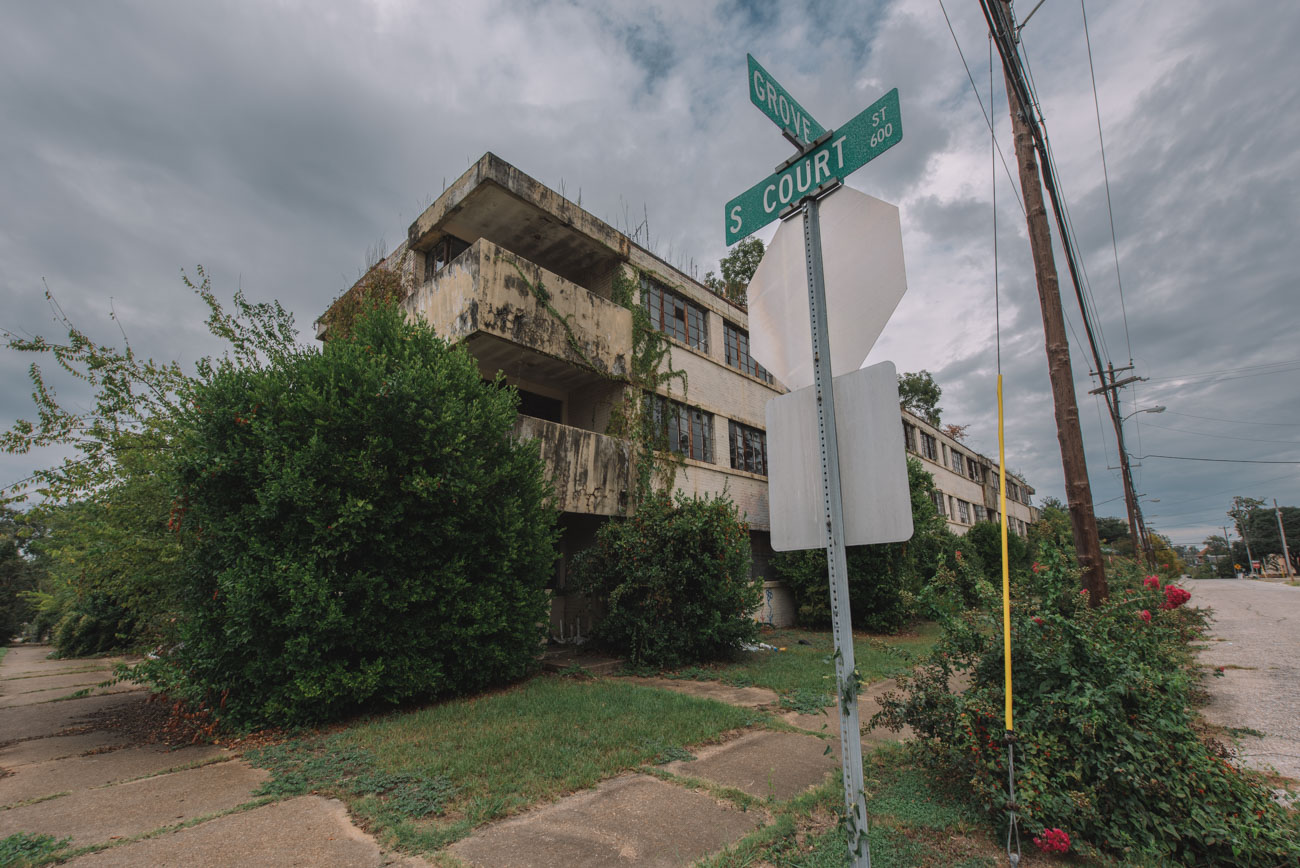| City/Town: • Montgomery |
| Location Class: • Residential |
| Built: • 1947 | Abandoned: • ~1990s |
| Historic Designation: • National Register of Historic Places (2013) |
| Status: • Gutted |
| Photojournalist: • David Bulit |
Table of Contents
Pre-1947
Three houses occupied the lot prior to the Grove Court Apartments owned by some of the most prominent citizens of Montgomery. In early-1947, the site was chosen for the Grove Court Apartments located on the corner of Grove and South Court Streets in downtown Montgomery. The land was measured 211 by 287 feet. These three houses were then demolished to make way for the new apartment project which was built primarily for veterans returning from the recent war.
543 South Court Street
Documents show that the large residence once located at the corner of Grove and Court Street was built by Newton Joseph Bell. Bell was born in North Carolina in 1848 and moved to Alabama with his family in 1851, where he grew up and farmed on the family plantation. He married Maria Ella Whitely and moved to Lowndes County, Alabama where he rented a farm. He later purchased one hundred and sixty acres of land. In 1891, Bell, with his wife and six children, moved to 543 South Court Street. While continuing to operate his plantation in Lowndes County, he became involved in the early development of downtown Montgomery. At the turn of the century, he announced his plans to construct a major office building on Montgomery Street, where a boarding house was located. Designed by Montgomery architect Frederick Ausfeld, construction on the Bell Building began in 1907 and was completed in 1910.
Newton Bell died on December 12, 1910. His widow continued to occupy the house until her death on September 10, 1920. The house was put up for sale the following wherein it was operated as a boarding house until its demolition.
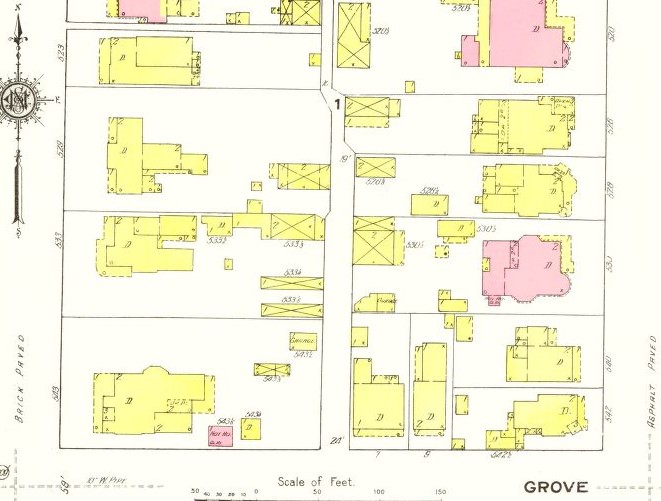
533 South Court Street
Henry Martin Hobbie was Newton Bell’s neighbor, residing at 533 South Court Street. Hobbie was a wholesale grocer who had been in the business since 1869 when he was first employed at LeGrand & Co., then the leading wholesale grocers of Alabama. In 1875, he was made a partner of the company. Hobbie soon partnered with William Franklin Vandiver, buying interest in LeGrand & Co. to form the firm Hobbie & Vandiver in 1879. He sold his stake in the company to Vandiver in 1883 and entered into a partnership with William Martin Teague to form the firm Hobbie & Teague.
In 1903, Hobbie brought his sons, Richard Martin and Henry Martin Hobbie Jr., into the business and changed the name to the Hobbie & Teague Company. Just a few years later, Teague left the company, and the name was changed to the H. M. Hobbie Grocery Company. The company’s first store was a three-story structure located on Commerce Street between Bibb Street and Court Square. In 1906, the company had a large building constructed at the far end of Commerce Street near Union Station known today as the Hobbie Building and is a contributing structure to the Lower Commerce Street Historic District. Another one of the company’s buildings is listed as part of the historic district known as the Haverty’s Building, designed by Frederick Ausfeld and built in 1912 to replace the company’s first store which had burned down that same year. After the death of Henry Hobbie Sr. in 1906, Richard and his wife Annie L. Henderson continued to live at the family residence on Court Street until his mother Leonora Elizabeth Jackson passed away in 1923. The home was thereafter used as a boarding house as well until its demolition.
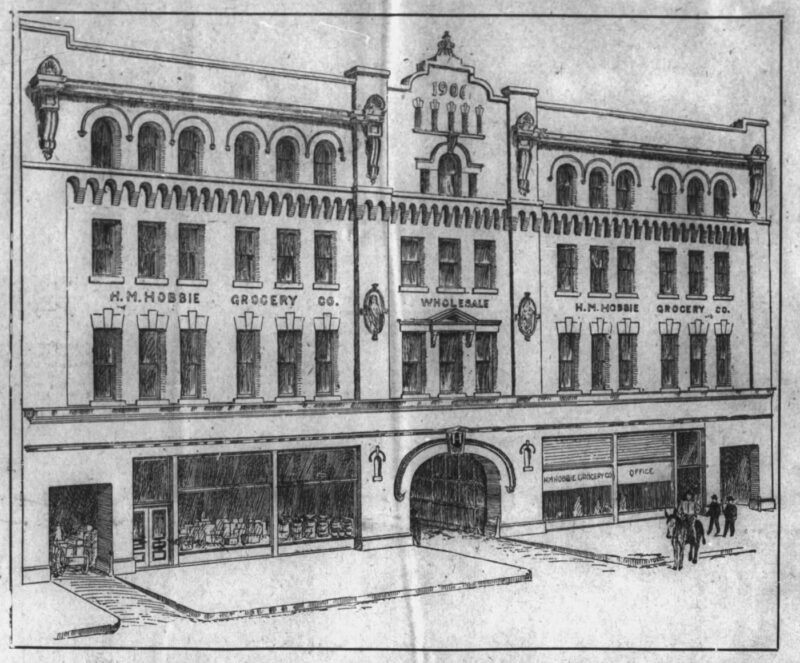
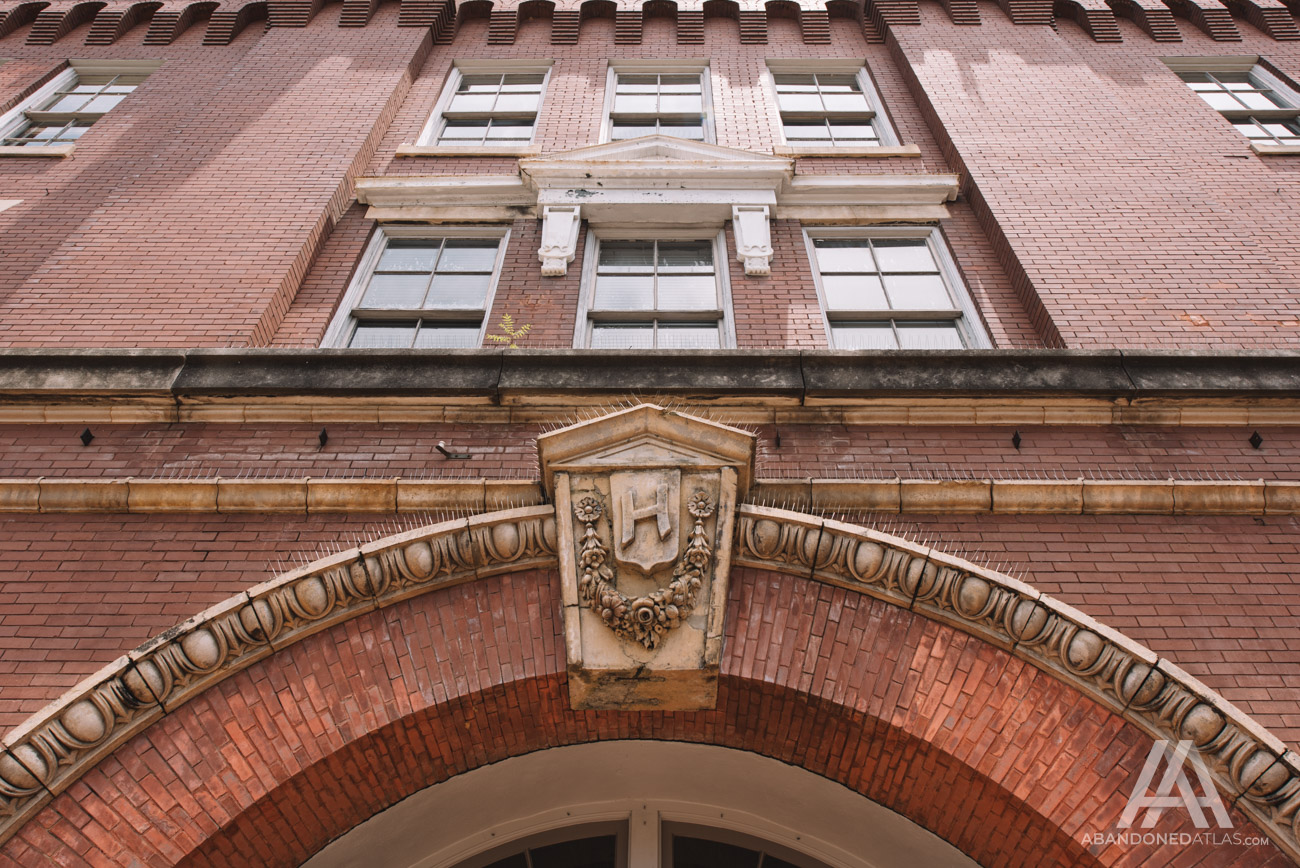
529 South Court Street
529 South Court Street, the last of the three houses, was owned by the City Physician, state prison inspector, and Chairman of the Commission of Public Health, Dr. Glenn Andrews. Andrews was born in Tuskegee on March 7, 1862, and attended the Agricultural and Mechanical College of Alabama, now known as Auburn University, and the Vanderbilt University in Nashville, Tennessee. He earned his medical degree from the City College of New York in New York, City in 1886. While practicing in Montgomery, he was made a member of the Board of Censors in 1899 and appointed president of the State Medical Association in 1902.
As City Physician, he was in charge of overseeing the quarantine of the city during the Yellow fever epidemic between 1897 and 1898 and the distribution of vaccines among the populace during the smallpox epidemic. Under his administration, the sanitary department was reorganized and was continually monitored by Andrews for infectious diseases such as typhus and typhoid fever. He was also instrumental in the abolishment of old-fashioned slaughterhouses and public dairies within the city limits. As state prison inspector, he also brought about vast improvements in the sanitation and health of the prisons and almshouses. In 1916, he gained respect among the public for his transparency when he openly stated that physicians knew nothing about the disease known at the time as infantile paralysis, an old synonym for polio. At the time of his death on December 9, 1944, he was regarded as the “Father of City’s Health Board.“
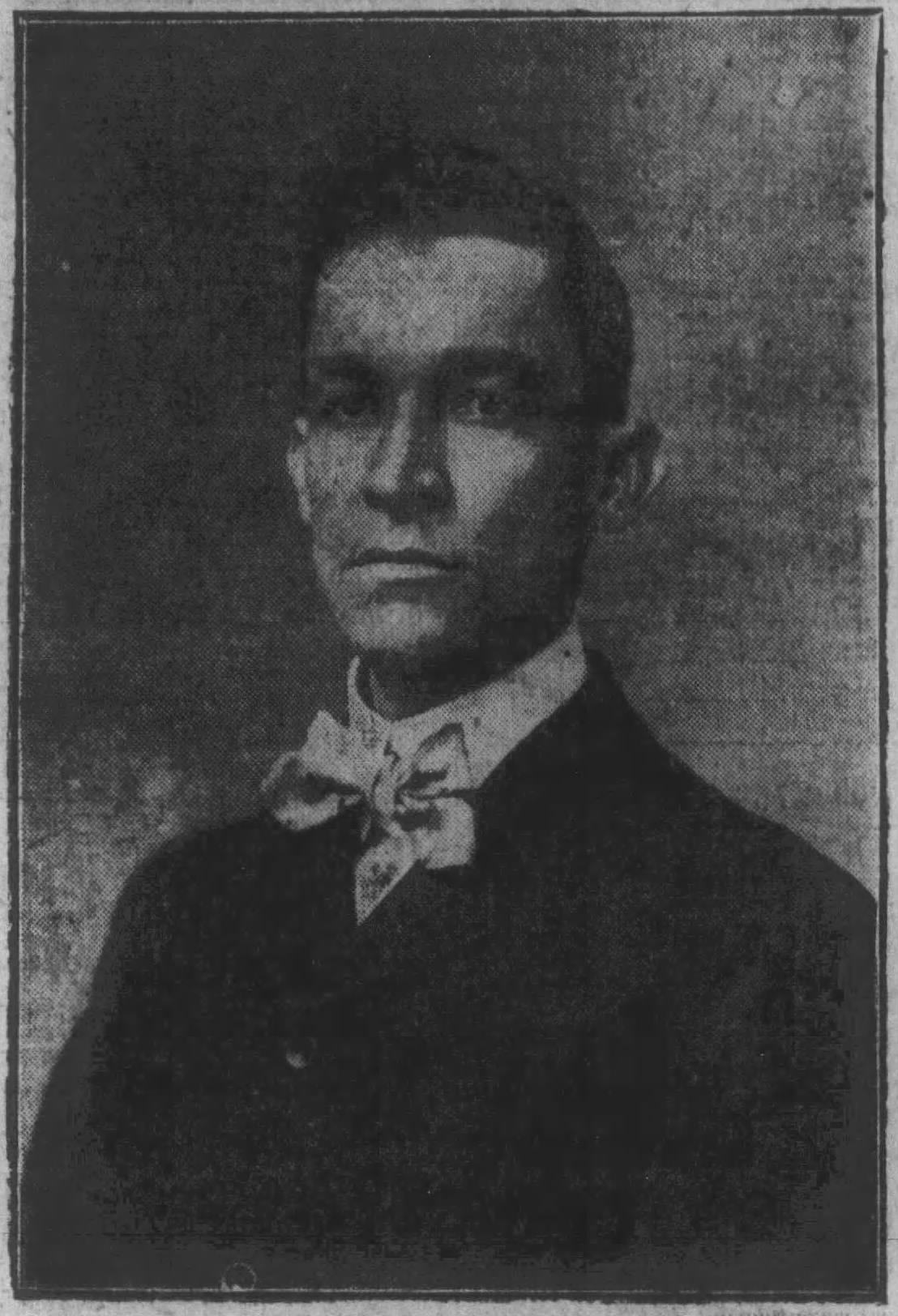
Grove Court Apartments
The Grove Court Apartments were built in 1947 by Bear Brothers Inc., a construction company established in 1946 by Carl Webster Bear, principal owner of the Bear Lumber Company, along with his brothers, Joe, and Jack Bear. All veterans from the recent war, the brothers announced a new apartment project aimed at relieving the housing shortage at the time, particularly for veterans who were returning home looking to “rent good class homes.” Its construction was made possible with a loan from the Federal Housing Agency which guaranteed ninety percent of the loan if builders would agree to the Federal Housing Agency specifications. An article in the January 18, 1947 edition of The Montgomery Advertiser included the following description:
“Construction will begin within the next few weeks on a 70-unit apartment house in the heart of the city, which will be modem in design and incorporate all modem housing facilities. Many of the features of this building will introduce revolutionary ideas in architecture and design into Montgomery. There will be ample community laundry and drying facilities on the roof; lockers in the basement; garbage chutes to a general garbage center; a special play area for children; all electric kitchens in the apartments, and private sun porches for each apartment.” The article continues, “The design will be modem, and the arcades and terraces-created by the building of the porches-will accentuate these modem lines. The magnolia and oak trees now on the site will, so far as possible, be preserved, however, to soften the austerity of the design.“
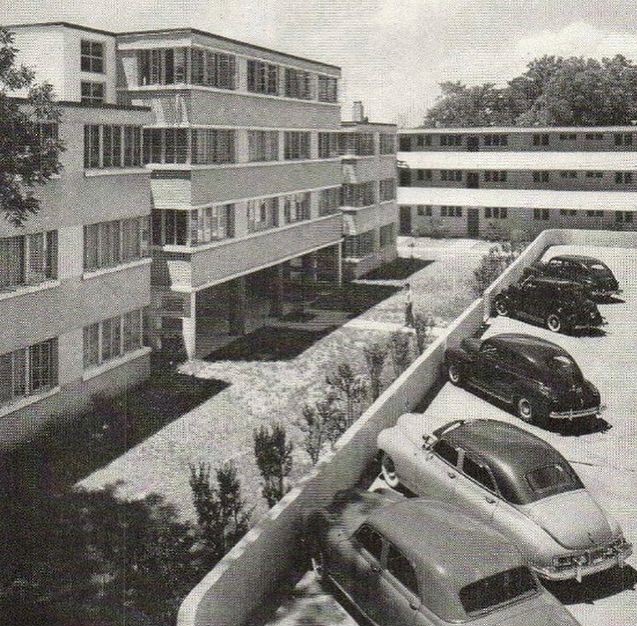
Pearson & Tittle, Architects
Consisting of three three-story reinforced concrete International Style apartment buildings, the complex was designed by Clyde C. Pearson and Farrow L. Tittle, Architects. Parker A. Narrows and John H. Hancock were listed as associates with the firm on the drawings for the project that were dated March 26, 1947.
Clyde Collins Pearson was a 1926 graduate of the Alabama Polytechnic Institute (now Auburn University) and worked as a draftsman between 1925 and 1928, first with Frederick Ausfeld, then with Harry Wheelock, and finally with Warren, Knight, and Davis in Birmingham. He served as the architect for the Alabama State Department of Education between 1928 and 1933 and again from 1935 to 1941. Around this time, Pearson was also an architect for the National Park Service. He established his own architecture firm in Montgomery in 1941 and served as the President of the Alabama Council of the American Institute of Architects in 1942 and 1943.
Farrow Lee Tittle attended Southern Methodist University from 1924 to 1927 and the Massachusetts Institute of Technology from 1928 to 1931. He began his career as a designer for LaRoche & Dahl in Dallas, Texas, and Moreland Griffin Smith in Montgomery. He joined Pearson in 1943 and became a partner in the firm in 1945. Following the success of the Grove Court Apartments, Parker Alfred Narrows joined the firm in 1949.
The Grove Court Apartments earned recognition in the field of design, being awarded a “Mention” in the Progressive Architecture Awards of 1947 and was featured in the June 1948 and February 1949 issues of Progressive Architecture Magazine. The apartments also won an American Institute of Architects Award.
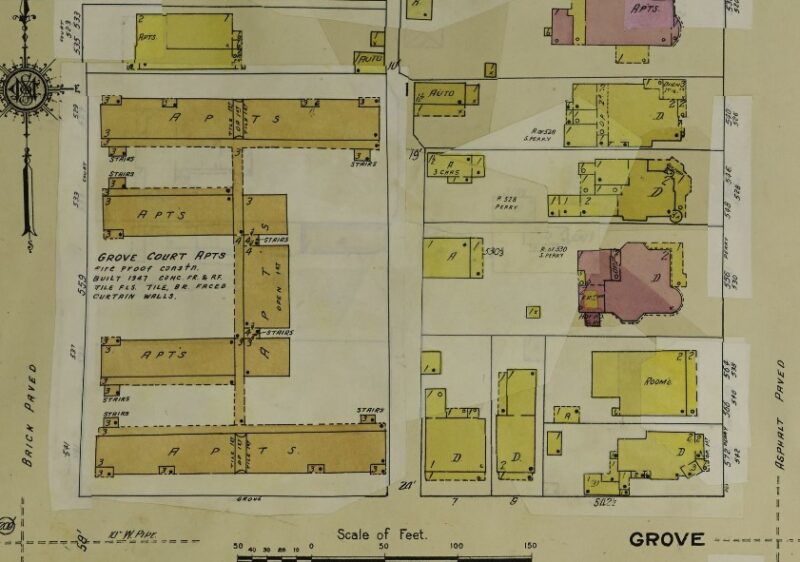
Ownership Change
In 1948, Carl W. Bear and his wife Virginia Oliver Bear purchased Grove Court Apartments for $10 and other valuable goods. The following year, it was purchased by Hamner Garland Freeman Jr. for “a price estimated to be in the neighborhood of several hundred thousand dollars,” as reported in the March 2, 1949 edition of the Alabama Journal. Prior to coming to Montgomery, Freeman was a representative for the American Tobacco Company in Shanghai, China. During World War II, he was a colonel in the United States Air Force and served in both the Pacific and European Theaters. Tragically, Freeman was found dead in his apartment from a self-inflicted gunshot wound on December 3, 1949. Coroner M. B. Kirkpatrick confirmed his death as suicide.
Following the death of Freeman, Jack and Edward Abraham, doing business as Abraham Brothers, acquired the property under the name Grove Court Apartments Inc.
Decline
Since the 1980s, the complex had been in a state of decline and was abandoned in the late-1990s. Nearby businesses have complained throughout the years about the trash and overgrowth around the building, leading to an increased amount of roaches, raccoons, and rats. The only people living there were vagrants looking to take shelter for the evening. The neighbors had reached their breaking point and in February 2020, filed a lawsuit against the City of Montgomery and Grove Court Apartment Inc. for failing to remove or improve the apartments which they say bring down their property values and bring in crime.
The Grove Court Apartments is the only example of an International Style apartment complex in the city of Montgomery and is just one of a few remaining International Style buildings left in the city. The complex was recognized for its architectural value and was added to Places in Peril in 2009 by the Alabama Historical Commission and the Alabama Trust for Historic Preservation. In 2013, it was added to the National Register of Historic Places.
Restoration
In early April 2021, it was announced that developer GCA Properties, LLC, purchased and closed on the property with plans to restore the old apartment block into housing. The developer has invested in many properties throughout Montgomery including the conversion of a historic Regions bank into the Vintage Café in Old Cloverdale, as well as the City Fed Development Project in 2021 that includes the restoration of 36 and 46 Commerce Street. Preliminary renovation work had begun in less than a week of their purchase having removed overgrowth and piles of trash around the property.
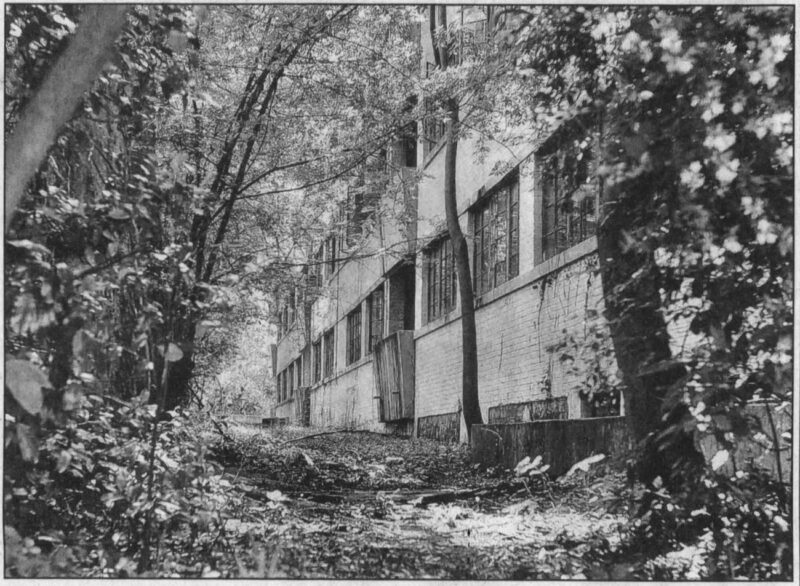
Photo Gallery
References
The Montgomery Times. (March 23, 1906). BIG REMIT, ONE ISSUED FOR ERECTION OF HOBBIE & TEAGUE’S NEW BUILDING
The Montgomery Advertiser. (January 11, 1903). HOBBIE & TEAGUE COMPANY, Successor to Hobbie & Teague—Incorporated—Paid up Capital $100,000
The Montgomery Advertiser. (April 21, 1912). Hobbie Building on Commerce Street, which is being rushed toward completion
The Montgomery Advertiser. (May 4, 1902). DR. GLENN ANDREWS, THE NEW PRESIDENT OF THE STATE MEDICAL ASSOCIATION
Alabama Journal. (December 9, 1944). Dr. Andrews Dies Of Long Illness
Alabama Journal. (March 2, 1949). Grove Apartments Sold To Freeman
The Montgomery Advertiser. (December 4, 1949). Hamner Freeman Is Shot To Death
The Montgomery Advertiser. (May 13, 1952). Clyde Pearson Will Receive AIA Honor
The Montgomery Advertiser, Jeff Benton. (June 3, 1995). Grove Court Apartments built with FHA-secured loan

